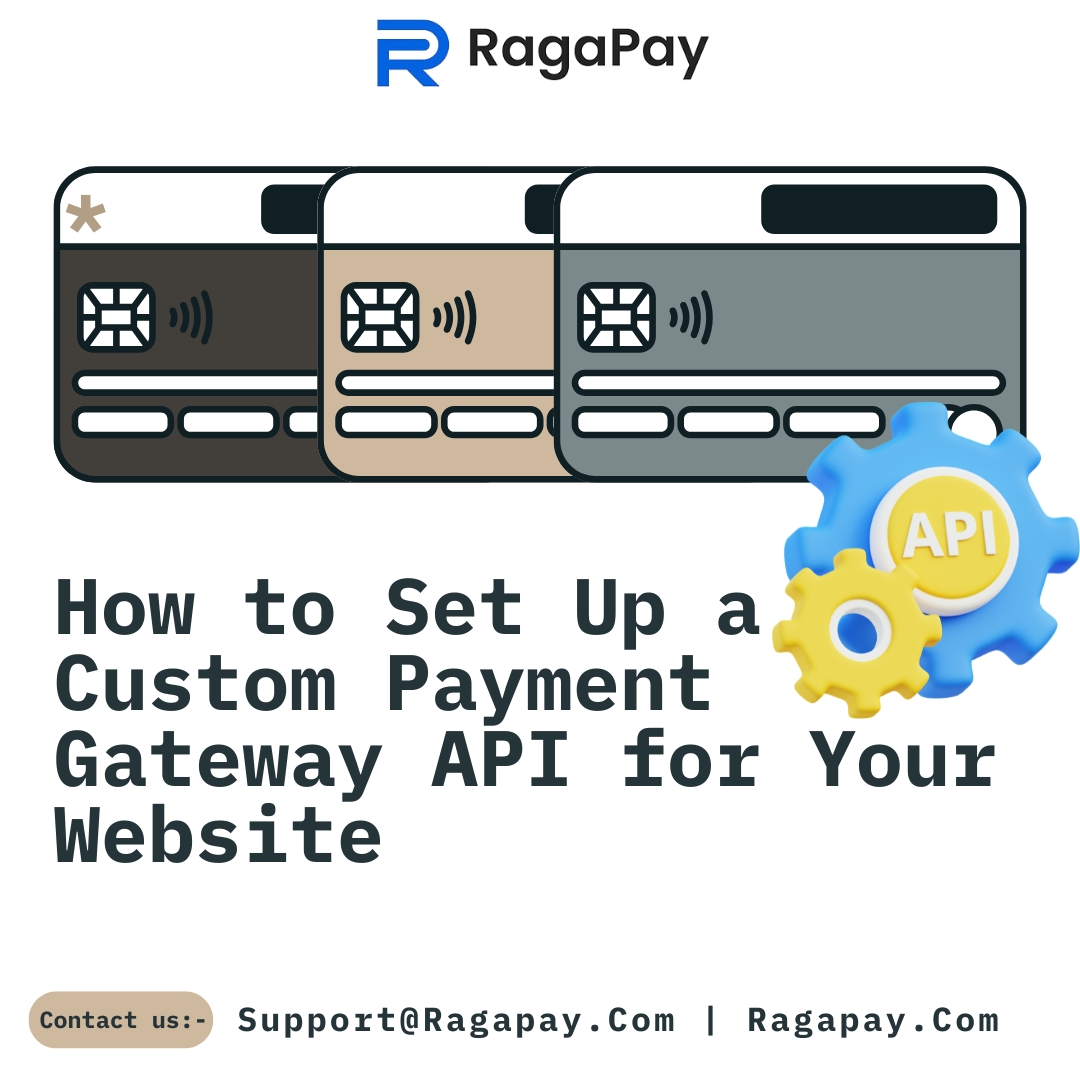Introduction
In today’s digital economy, having a seamless and secure payment gateway is essential for any online business. While many businesses rely on external payment solutions, a custom payment gateway API provides greater control, reduced transaction costs, and enhanced security. In this blog, we’ll walk you through the process of setting up a custom payment gateway API for your website.
Why Use a Custom Payment Gateway?
- Control Over Transactions – You can define your own rules and payment flow.
- Lower Transaction Costs – Third-party fees are eliminated, reducing expenses.
- Enhanced Security – Implement your own security measures tailored to your business needs.
- Better User Experience – Fully integrate with your website’s branding and workflow.
Steps to Set Up a Custom Payment Gateway API
1. Understand Regulatory Compliance
Before implementing a payment gateway, ensure compliance with financial regulations such as PCI DSS (Payment Card Industry Data Security Standard) and local banking laws.
2. Choose the Right Technology Stack
Select programming languages and frameworks that support secure API communication, such as:
- Backend: Node.js, Python, PHP, or Java
- Database: MySQL, PostgreSQL, or MongoDB
- Security: SSL/TLS encryption, tokenization, and hashing algorithms
3. Set Up a Merchant Account
A merchant account is essential for handling online transactions. Partner with a reliable bank or financial institution to get one.
4. Develop the Payment Gateway API
Create a RESTful API to handle payments, refunds, and transaction queries. Key API endpoints should include:
- Initiate Payment: Processes payments securely.
- Verify Payment Status: Confirms whether the transaction is successful.
- Refund Process: Manages customer refunds.
- Transaction History: Stores transaction logs for auditing purposes.
5. Integrate Payment Gateway with Your Website
Use API endpoints to integrate the payment gateway into your website’s checkout process. Ensure the system encrypts user data and follows best security practices.
6. Implement Security Measures
- Tokenization: Replace sensitive card details with a unique token.
- 3D Secure Authentication: Adds an extra layer of security for transactions.
- Fraud Detection: Use AI-powered tools to detect and prevent fraudulent transactions.
7. Test the Payment Gateway
Conduct testing before going live. Simulate various transaction scenarios, including:
- Successful payments
- Failed payments
- Chargebacks and refunds
- API response times and error handling
8. Go Live and Monitor Transactions
Once tested, deploy the payment gateway and continuously monitor transactions for potential fraud, downtime, or system errors.
Conclusion: Why Choose Ragapay?
Setting up a custom payment gateway requires technical expertise and regulatory compliance. If you’re looking for a hassle-free solution, Ragapay offers a secure, customizable, and cost-effective payment gateway for businesses of all sizes. With Ragapay, you get advanced fraud protection, seamless API integration, and dedicated support, ensuring smooth and secure transactions for your customers.
Implement your own payment gateway today and take full control of your online transactions!

